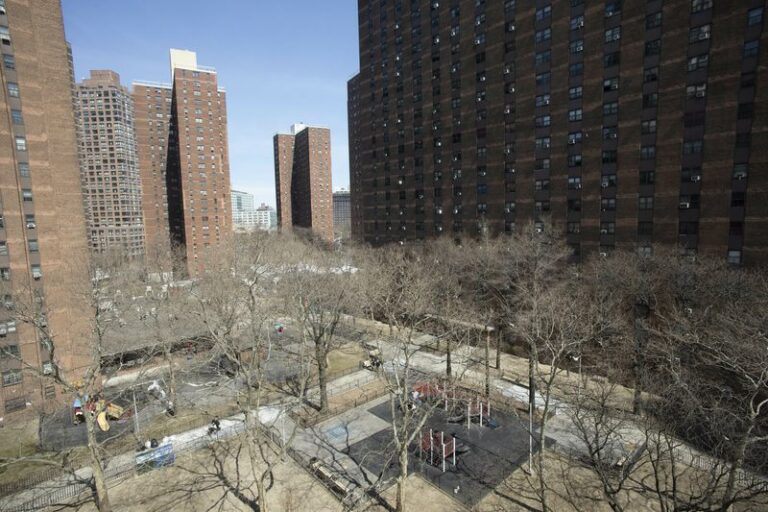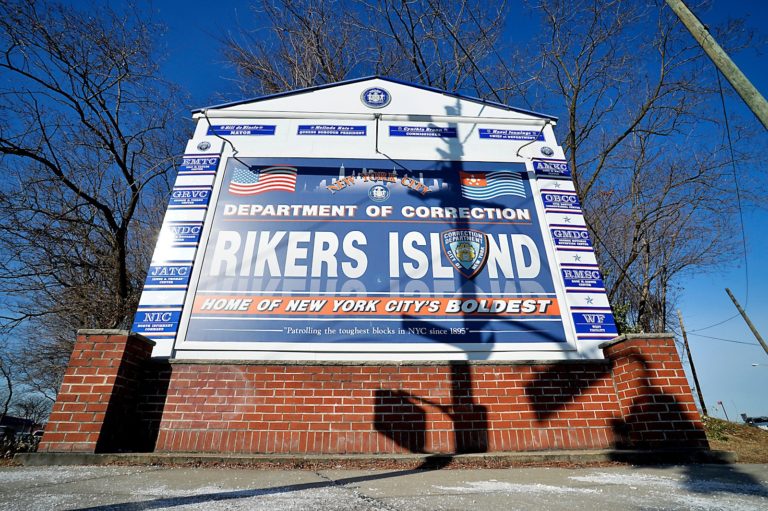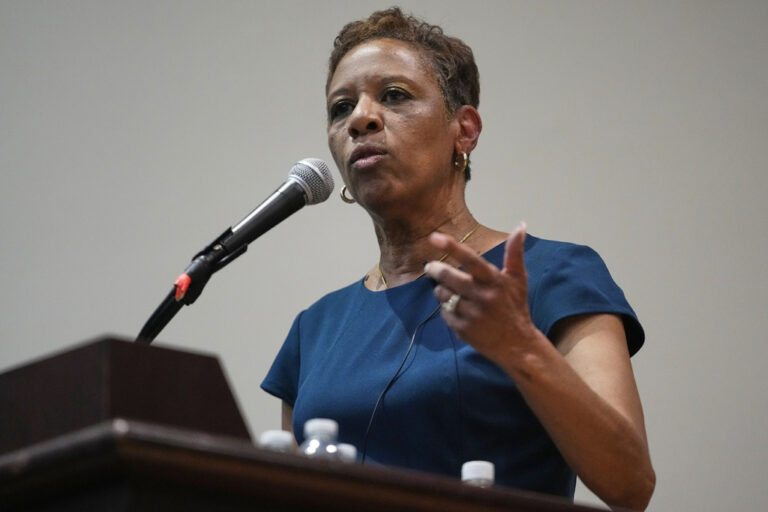
On Dec. 5, 2024, the New York City Council voted on the “City of Yes for Housing Opportunity,” a rezoning proposal launched by Mayor Eric Adams in the fall of 2023 to address the city’s housing crisis by creating more homes. The proposal passed with a 31-20 vote, reflecting the plan’s controversial nature. Many opponents of the plan denounce its ability to transform the landscapes of low-density neighborhoods in New York City, particularly those outside of Manhattan. An even more persuasive critique of C.O.Y.H.O., however, is how its efforts to increase housing numerically overshadow its efforts to truly increase housing affordability.
C.O.Y.H.O. is a massive and thorough project, with the zoning text amendment spanning almost 1400 pages. The plan includes the following measures: establishing Universal Affordability Preference, which allows developers to build 20 percent more housing in medium- and high-density units as long as it is affordable; building more apartment buildings near transit; and increasing ease in converting non-residential spaces into homes. These measures are supported by $5 billion in New York City and New York State funding. The plan undoubtedly seeks to increase the number of homes in New York City in relation to Adams’s goal of creating 500,000 housing units in the next decade (though C.O.Y.H.O. lowered its initial goal from 109,000 to 80,000 right before it faced its City Council decision).
Though C.O.Y.H.O. seeks to increase housing in numbers, the plan fails to address the affordability crisis adequately. For example, the language of Universal Affordability Preference is important: it will “allow buildings to include at least 20 percent more housing, if the additional homes are permanently affordable.” The affordability is required only for the additional housing but does not require that developers make the original homes affordable from the start.
Proposals like these prompt the creation of more housing following a trickle-down model, which supports the construction of increased market-rate housing with the argument that it will eventually lead to lower prices. Despite its goals, this approach is often too slow to be successful, as displayed through the neighborhood construction of luxury high-rises without a successive increase in housing affordability.
Many housing affordability advocates also believe that C.O.Y.H.O. will face the same challenges as mandatory inclusion housing, which was passed by City Council in 2016 yet fell short due to its methods for calculating affordability. To ensure a profit, developers could make a tradeoff between the percentage of units at below-market rate and the affordability level of those limits — which was expressed through the area’s median income. Inclusionary zoning, therefore, is arguably “more effective at producing moderate-income housing units rather than very low-income housing units.”
Additionally, though C.O.Y.H.O. proposal materials acknowledge the city’s current housing challenges like “gentrification and displacement pressure, segregation, homelessness, and poor housing quality,” it may fail to truly support communities of color. Many community advocates worry the plan will upend existing Black and brown neighborhoods through gentrification by way of increased higher-cost housing projects that may result in economic and racial neighborhood segregation. Protesting outside of City Hall with signs reading “City of Mess,” opponents like Bertha Lewis, president of the Black Institute, questioned, “Anytime you call ‘affordable’ a $3,000 studio, then what are we really doing here?”
C.O.Y.H.O.’s critics have formed a variety of arguments across party lines. On Tuesday, March 25, 2025, a conservative lawmaker-led group filed a lawsuit against the plan, citing that it violates city and state environmental law. On the other hand, progressive opponents present the valid argument that the plan isn’t sufficient in increasing housing affordability. City of Yes isn’t without flaws, yet as the city’s first major pro-housing zoning proposal since the 1980s, it presents a first step toward increasing access to affordable homes. Its role in increasing affordability, however, should not be overstated — a notion affirmed by Democratic-Socialist mayoral candidate Zohran Mamdani. He acknowledged that “‘City of Yes’ is a good start,” while also emphasizing that “we cannot address the housing crisis through zoning actions alone.” Mamdani, who plans to build 200,000 more homes if elected mayor, would increase affordability beyond C.O.Y.H.O. by securing funding through municipal bonds, pooling of housing vouchers, and zoning in neighborhoods that have not been historically responsible for contributing to housing goals. Proposals like Mamdani’s, which prioritize solutions that C.O.Y.H.O. falls short of, are crucial in ensuring that affordability and socioeconomic justice are emphasized in the expansion of housing accessibility.
The Zeitgeist aims to publish ideas worth discussing. The views presented are solely those of the writer and do not necessarily reflect the views of the editorial board.



